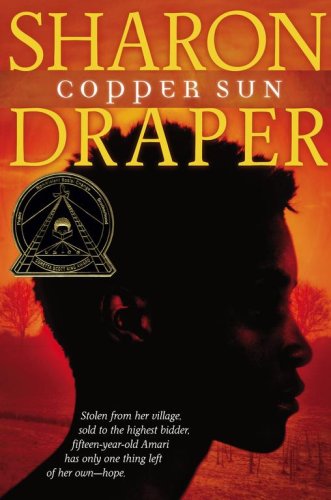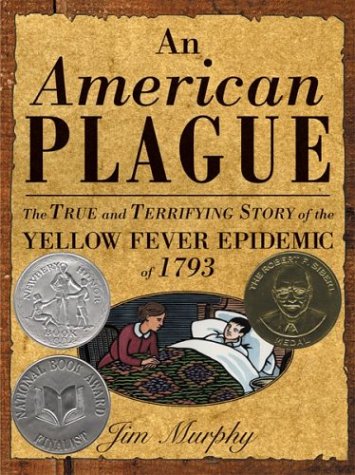

I dare you to look at each and every photograph in this coffee-table sized book by Zuckerman and not want to start an inquiry project. I dare you to look at the first few simian portraits and put it down. I dare you not to be full of wonder and not to marvel at the animals contained beneath the white linen covers. The blue tongued skink, the African lion, the tokay gecko, the cat. Certainly the cat. The beauty, the complexity, and the varieties of existence on the planet we call home cannot help but persuade the peruser to keep turning the pages. The pages are wordless, and the collection of portraits is supplemented by a photo index with classification data at the back (science teachers take note!). While the heft and format of this book makes it unsuitable for circulation in our environments, it is the perfect open book display, the essential call to inquiry for a co-taught unit on animals, and a stress-free read for anyone who walks into the library.
Zuckerman, Andrew. Creature. San Francisco: Chronicle Books, 2007.











